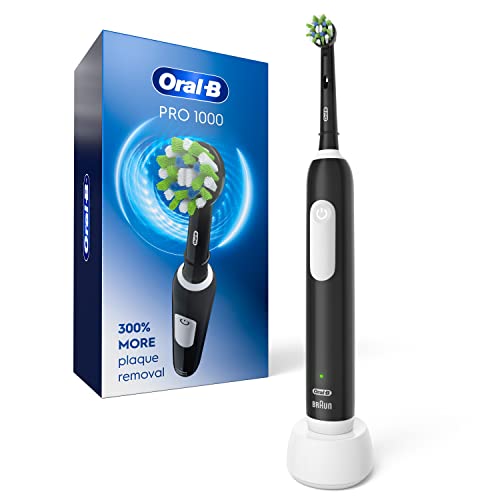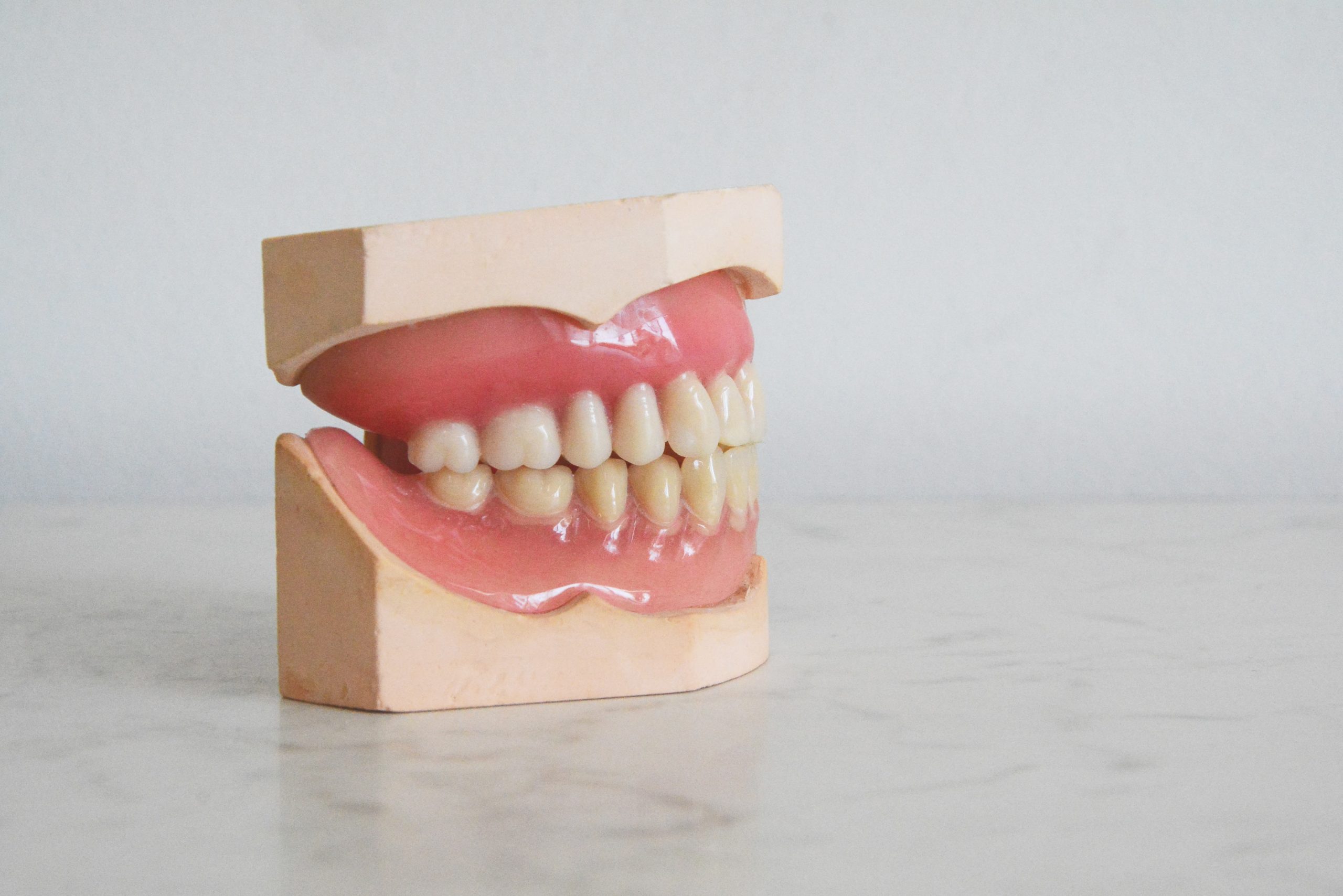Dental erosion affects the enamel of the teeth. It opens the teeth to dangerous attacks, weakens the teeth, and may result in teeth sensitivity and pain in patients. Also, dental erosion cannot be treated using a simple home remedy. One can explore preventive measures, but professional help is often needed to restore the teeth to a perfect condition for severe cases of dental erosion.
All medical content on this site, including this guide and other product reviews, is written by our team of experienced writers and researchers. All writers from The Toothbrush Expert are recommended and reviewed in the industry. You support us through our editorially chosen links, which earn us commission. Learn more
All of our picks have the American Dental Association (ADA) Seal of Acceptance.
What is Dental Erosion?
Dental erosion, also known as enamel erosion and defined in a study conducted by Thomas Imfeld, is the washing away of the teeth erosion by acidic factors. When this happens, the dentin is exposed, and this leads to pain and extreme sensitivity. The enamel is one of the strongest components of the human body, and by implication, it is the strongest part of the human teeth. It is like a protective coating that keeps the teeth strong and functional.
In most cases, dental erosion has nothing to do with bacteria or attacks from germs. It is often due to excess exposure to acidic content. Thus, the number of people affected or exposed to this oral condition is determined by lifestyle habits and food choices. Hence, young adolescents between the age of 9 and 12 are most exposed to this condition.
What are the Causes of Dental Erosion?
Dental erosion is strongly linked with acidic substances that may be found in food and drinks. People who regurgitate expose their teeth to acidic stomach content, which may lead to dental erosion. These acidic substances soften your teeth’ enamel and make them susceptible even to the slightest of abrasion or contact with quite tough objects.
Bruxers are even more prone to dental erosion than any other class of persons. This is because the constant grinding of teeth coupled with exposure to continuous acidic content would wear the teeth faster than naturally anticipated. Below is an example of food and substances that may cause dental erosion:
- Fruits with citric acid such as lime, lemon, citrus, etc
- Carbonated drinks and beverages
- Energy drinks and sport drinks
- Ciders and fruit drinks
- Candies and sweets
- Bread and pasta with a high white starch content
These substances may lead to cavity formation in the teeth, leading to extensive dental erosion over time, especially when proper oral hygiene is neglected.
With a good electric toothbrush and a high quality toothpaste you can prevent dental erosion. We recommend these products to prevent dental erosion
| Preview | Product | Rating | Price | |
|---|---|---|---|---|

|
Oral-B Pro 1000 Rechargeable Electric Toothbrush, Black |
$49.94 |
Buy on Amazon | |
  |
Parodontax Clean Mint Toothpaste For Gum Health, Helps Cavity Prevention, Anticavity And... |
$17.00 |
Buy on Amazon |
Types and Stages of Dental Erosion
Dental erosion is in two primary stages. The first stage affects the enamel of the teeth majorly. In this first stage, the acidic content weakens the teeth’ enamel, and the teeth become opaque, with lesions develops around the mouth due to the enamel erosion.
The second stage does, beyond just the enamel, permanently affect the structure of the teeth. The erosion goes beyond the enamel and extends to the dentin of the teeth. The dentin is dissolved, and extreme pain and sensitivity will occur in the patient. Also, the teeth may begin to get discolored, and immediate professional help is often required at this point.
Furthermore, it can affect all the sets of teeth in the human body. There are three basic types of dental erosion that experts have identified to affect both young children and adults, and they include:
1. Occlusal Dental Erosion
This type affects the back teeth typically. The acidic content weakens the biting surface of the back teeth and makes the enamel wash away. It may also affect the canines and the premolar, but it rarely affects the front teeth, referred to as the incisors.
2. Palatal Dental Erosion
It is termed palatal because it is the type of erosion that affects teeth closest to the mouth’s palate areas. Thus, this type of erosion affects the incisors and the upper jobs’ premolars more than they affect any other set of human teeth.
3. Advanced Dental Erosion
This type extends beyond just the washing away of the enamel. It spreads to the dentin and destroys the tooth’s structure, making them very sensitive and may cause swelling and pain to patients. This type is often complicated to treat and sometimes may necessitate teeth extraction.
Risk Factors of Dental Erosions
As explained above, food and substances that are low in pH level, poor oral hygiene, acid reflux, and sweet food or drinks are significant causes of dental erosion. However, other very high-risk factors may result in dental erosions. These factors include:
1. Gastroesophageal Reflux Disease (GERD)
This is a condition that brings back stomach acid and other acidic content to the esophagus. It is a condition that starts as burning chest pain, and it usually happens after eating hot or spicy food or food with a high acidic level.
This heartburn may intensify and lead to irritation that brings up several acidic contents in the stomach, resulting in erosion. Peter J. Kahrilas, M.D. has done a study about Gastroesophageal Reflux Desease if you would like to know more about it.
2. Vomiting
Vomiting also brings up acidic content back into the mouth, which may result in dental erosion. Often, the saliva content in the mouth increases when vomiting is about to occur. This saliva acts as a subtle barrier to prevent the mouth and the teeth from the vomit’s acidic effect.
Also, pregnancy-induced vomiting, which may occur many times in a day, may result in dental erosion. Other forms of vomiting disorder such as cyclic vomiting syndrome, Bulimia nervosa, and Psychogenic vomiting syndrome may also result in dental decay. This is because vomiting is too frequent and brings up more acidic content from the stomach than the tooth enamel can handle.
3. Alcoholism
According to a study of Leif Jansson, excessive consumption of alcohol is associated with many dental conditions such as bruxism and even oral cancer. It may result in physical injuries due to lack of consciousness, and it may also result in vomiting, which brings up stomach acid, which tends to cause acute dental erosion.
Also, some alcohol types or brand comes with low pH level, such as wine, that may lead to dental erosion when consumed over time. Alcohol-induced regurgitation may also result in destructive enamel wash.
4. Dry Mouth
Saliva plays an essential role in the mouth. It lubricates the mouth and prevents it from acidic effect. Xerostomia, also known as dry mouth, is a condition where the saliva gland cannot produce enough saliva. Thus, dry mouth could result in dental erosion since there is not enough saliva to dilute the acid the teeth is constantly exposed to. Furthermore, a study of Michael D.TurnerDDS, MD shows us that dry mouth can cause a lot of pain and ultimately have a big impact on the quality of life.
Try these toothpastes to prevent dry mouth
| Preview | Product | Rating | Price | |
|---|---|---|---|---|
  |
Aquafresh Extreme Clean Whitening Action Fluoride Toothpaste for Cavity Protection, pack of 6 tubes... |
$24.97 |
Buy on Amazon | |
  |
Colgate Cavity Protection Toothpaste with Fluoride, Great Regular Flavor, 6 Ounce (Pack of 6) |
$14.94
$11.82 |
Buy on Amazon | |
  |
Crest Toothpaste Cavity Protection Regular (Pack of 3) | 3,558 Reviews | $15.99 $12.99 | Buy on Amazon |
Possible Treatment and Dental Care for Dental Erosion
Practicing proper oral hygiene and treating any underlying oral condition remains the best way to prevent and curtail dental erosion. Teeth enamel is not replaceable, and practicing simple personal preventive measures is vital.
These measures include washing the teeth with fluoride toothpaste, chewing sugar-free gum to enhance saliva production, staying away from food and substance with high acidic levels, and regular visit to the dentist.
Furthermore, depending on the type of dental erosion that a patient’s teeth have been exposed to, below are some professional remedy that can be explored:
1. Dental Inlays and Outlays
These are used when the dental erosion has created large cavities that cannot be remedied using dental crowns or dental filings.
2. Veneers
These are shells, crafted using porcelain or resins, used as covers on teeth affected by dental erosion. It protects the teeth from further damage and may also improve the appearance of the teeth.
3. Cavity Fillings
The erosion is minor, and at its initial stage, a cavity filling may be used to fill up the hole to prevent further erosion. The filling is often a strong adhesive made from acrylic resins and micro particulars and may last for as long as fifteen years when adequately fixed.
4. Dental Crown
They are dental fixtures used as covers over the teeth in cases where dental erosion is critical. The crown may come in tooth-like color or other varying colors. When adequately fixed by an expert, they tend to restore the teeth’ function and shape to their almost natural look.
Resources
Jansson, L. (2008). Association between alcohol consumption and dental health. Journal of clinical periodontology, 35(5), 379-384.
Turner, M. D., & Ship, J. A. (2007). Dry mouth and its effects on the oral health of elderly people. The journal of the American dental association, 138, S15-S20
Kahrilas, P. J. (2008). Gastroesophageal reflux disease. New England Journal of Medicine, 359(16), 1700-1707.
Imfeld, T. (1996). Dental erosion. Definition, classification and links. European journal of oral sciences, 104(2), 151-155.


Dr Michael Jones is the proud founder of The Toothbrush Expert. He has been working as a dentist for 21 years now. Besides his work as a dentist, Michael wants to help people to find the right dental products. His goal is to provide everyone with honest expert reviews on all kinds of dental care products.


